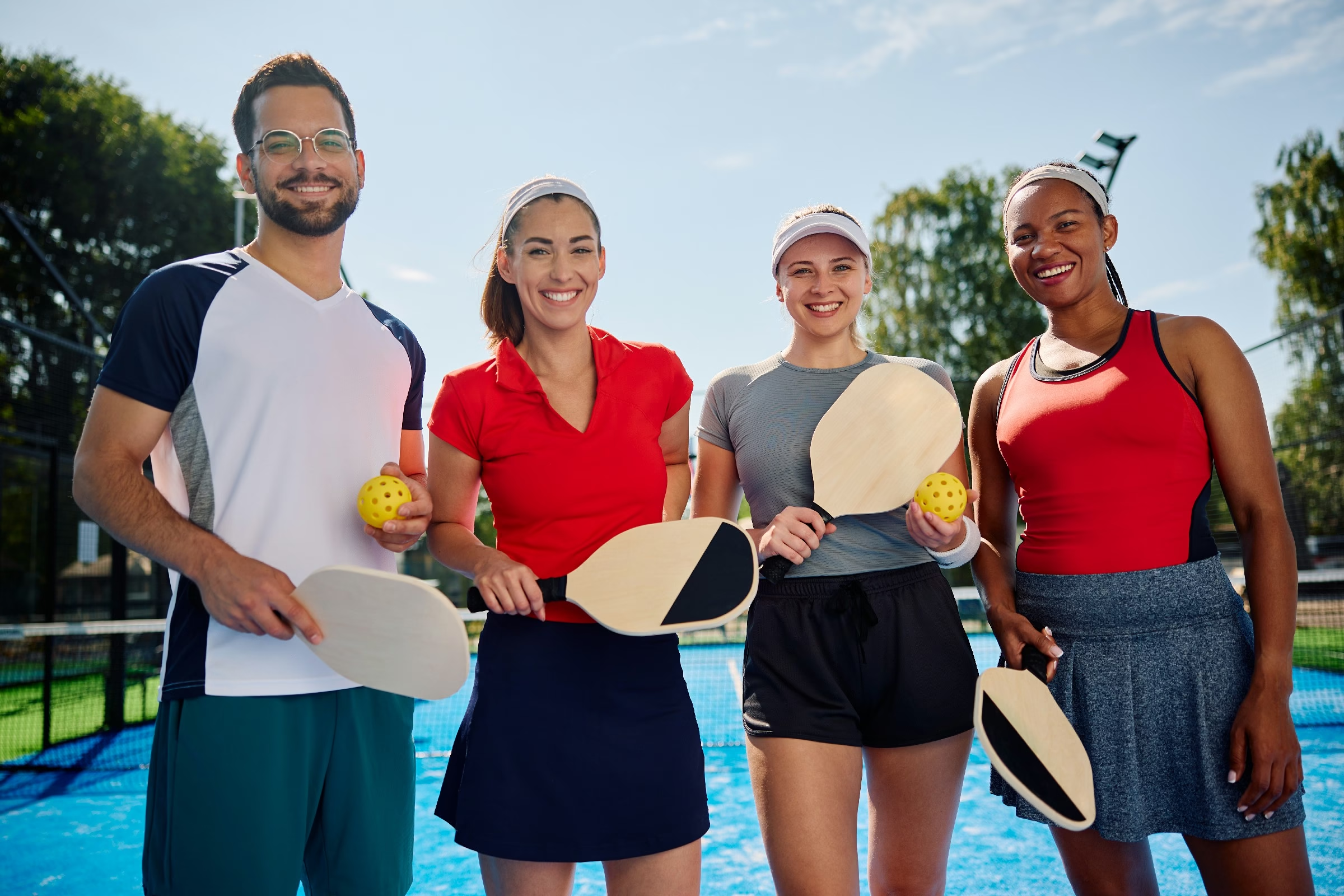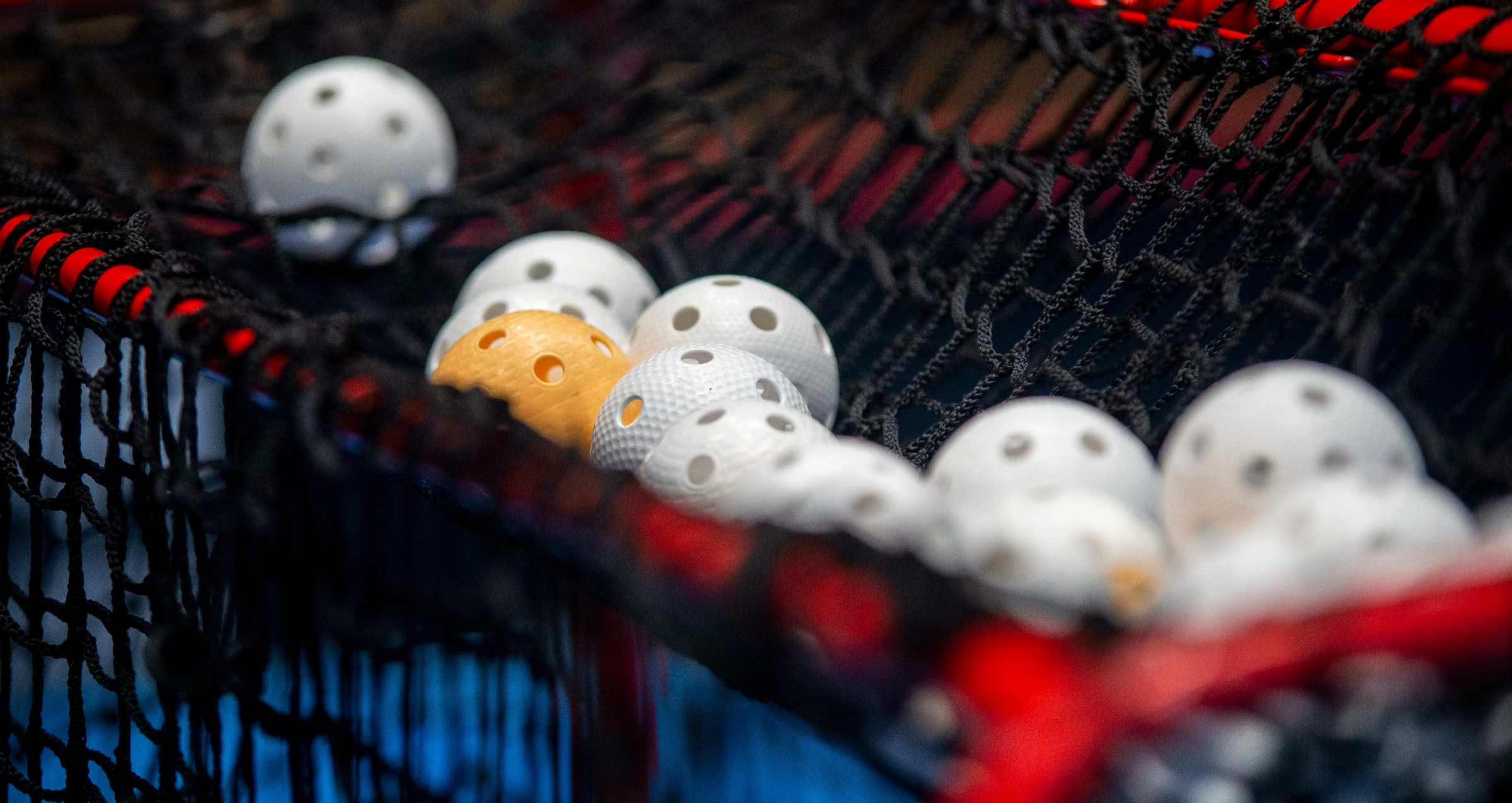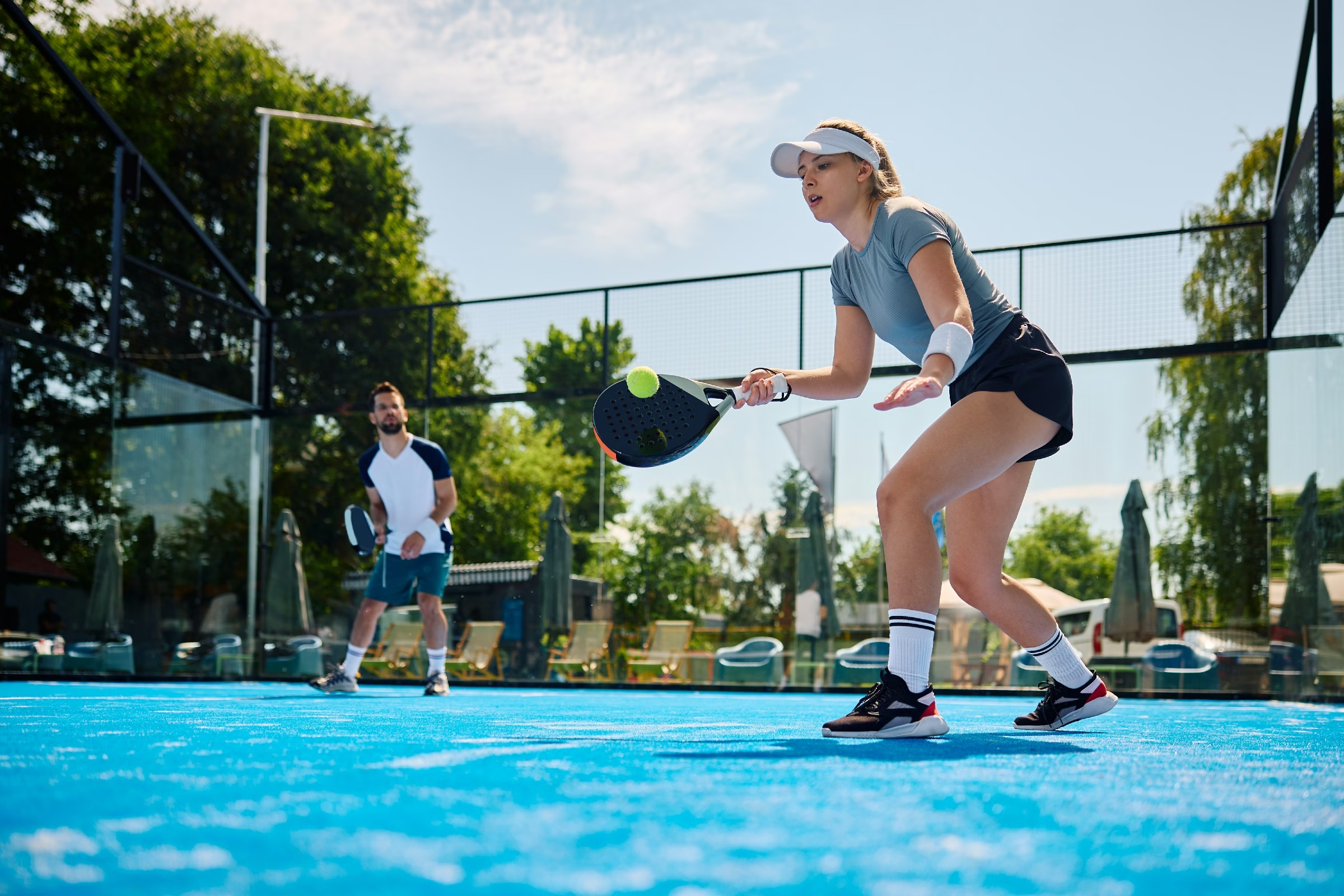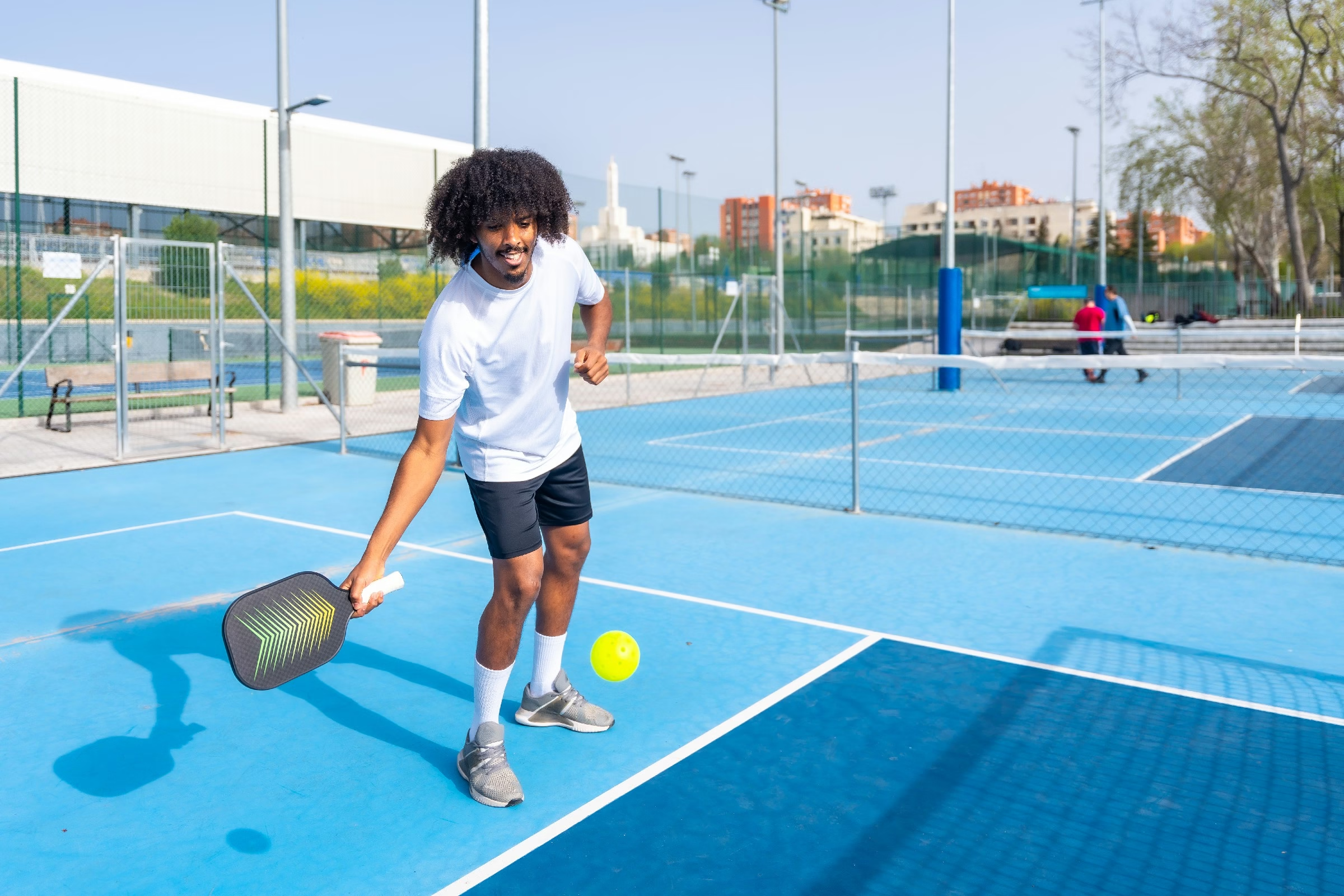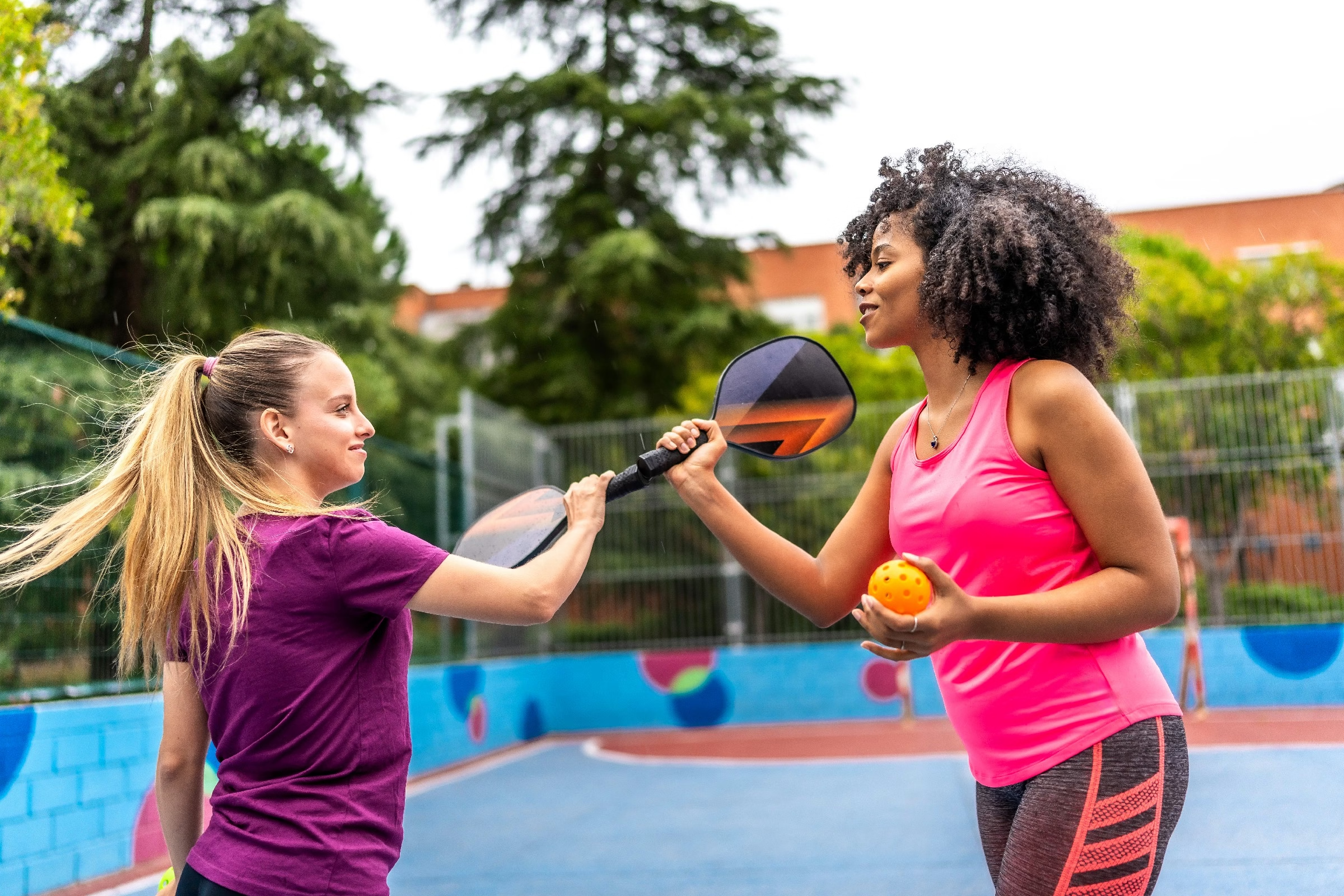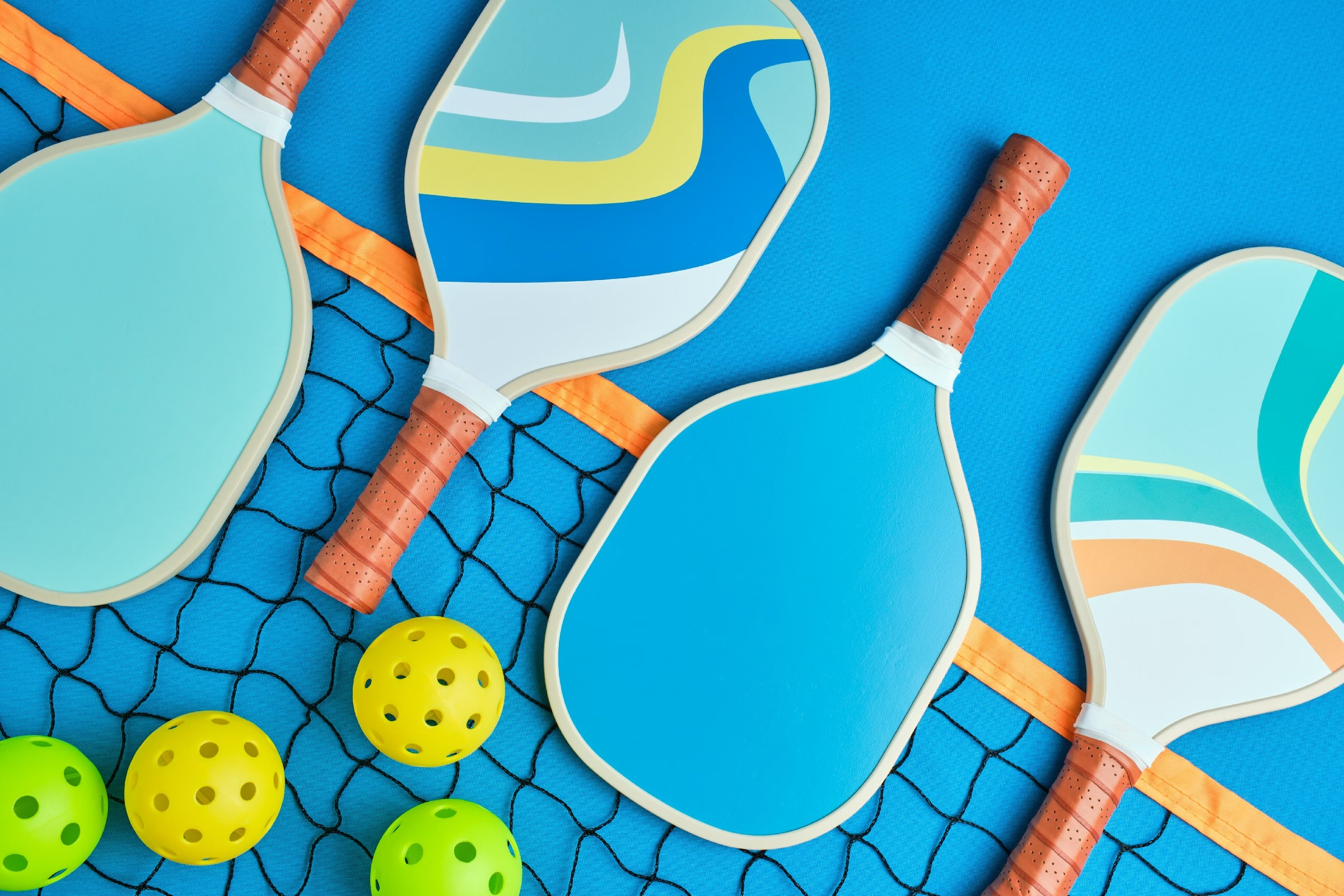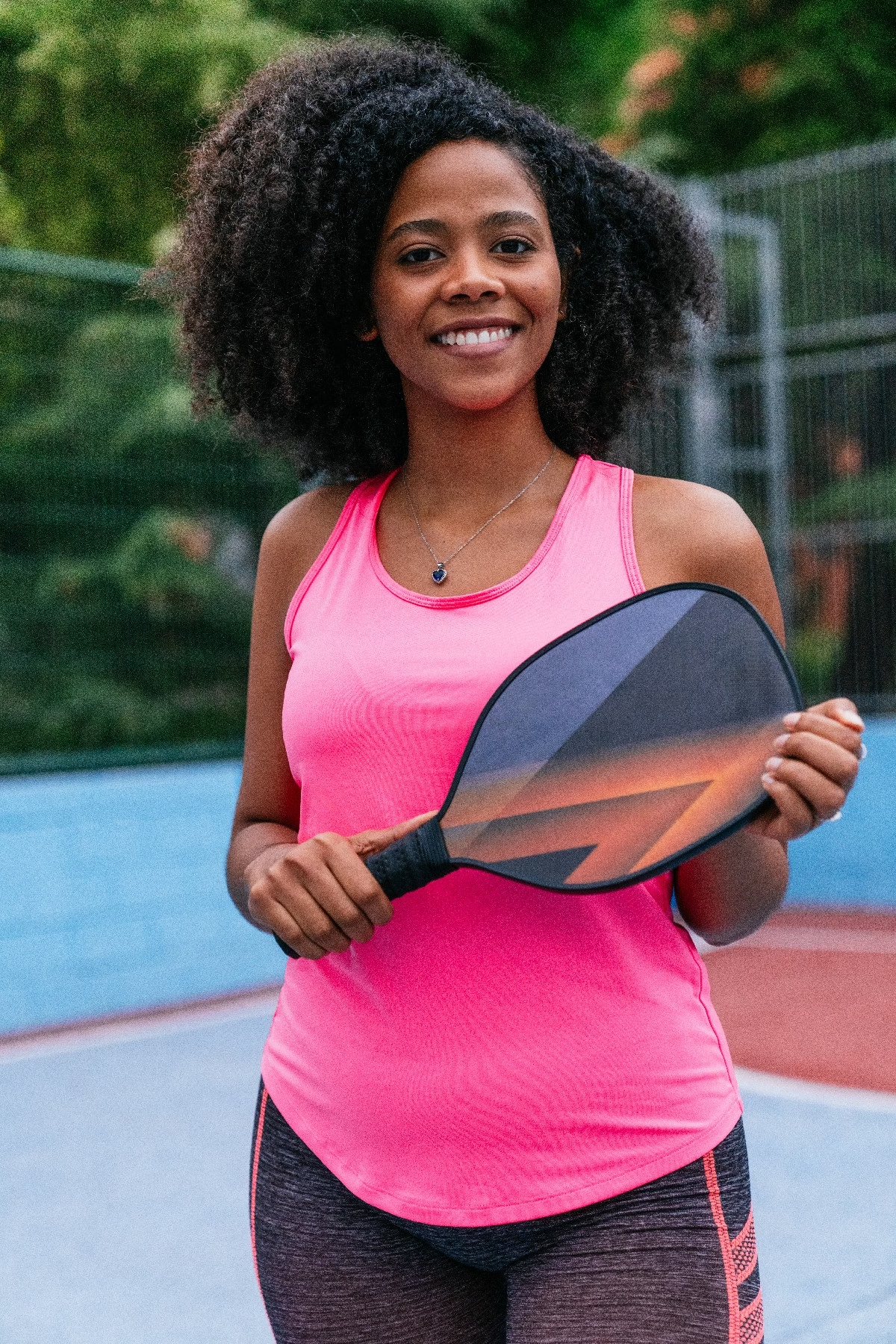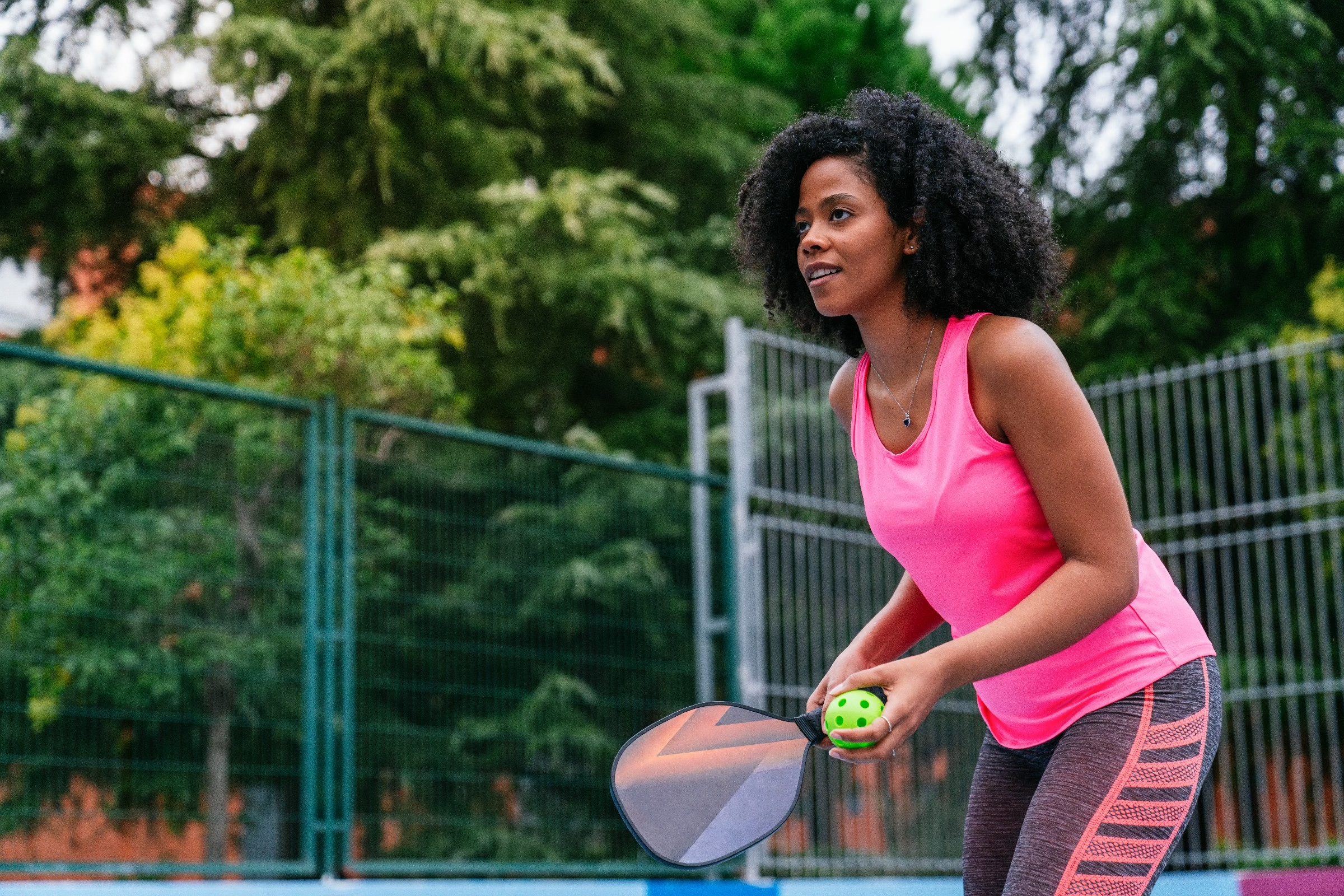Blog
how do you start pickleball

unlocking the Court: A Beginner’s Guide to Starting pickleball
In a world where sports often require extensive training and complex rules, pickleball stands out as a refreshing exception—an engaging blend of tennis, badminton, and table tennis, designed for players of all ages and skill levels.With it’s easy-to-learn gameplay and inclusive spirit, pickleball has captured the hearts of many, cultivating a vibrant community of enthusiasts across parks and recreation centers. Whether you’ve stumbled upon the game through friends or have seen it featured in your local gym, the allure of pickleball beckons newcomers to pick up a paddle and join in on the action. But how do you start? This article will serve as your roadmap, guiding you through the essentials of getting started in this fast-growing sport. From mastering the basic rules to finding your local courts, we’ll equip you with the knowledge and confidence to step onto the court and embrace the pickleball experience. Let’s dive in!
Table of Contents
- understanding the Basics of Pickleball and Its Equipment
- Finding the Right Playing Surface and Court Setup
- Mastering Fundamentals: Essential Rules and Techniques
- Strategies for Skill Development and Practice Drills
- Choosing the Right Community and Joining Local Leagues
- Staying Engaged: The Social and Competitive Aspects of Pickleball
- Q&A
- concluding Remarks
Understanding the Basics of Pickleball and Its Equipment
Pickleball is an engaging sport that combines elements of tennis, badminton, and ping pong, making it accessible to players of all ages and skill levels.At its core, the game is played on a rectangular court divided by a net, with two or four players using paddles to hit a lightweight plastic ball. Understanding the court layout is essential, with specific areas designated for serving and receiving. The game can be played indoors or outdoors, but players should always gauge their surroundings to ensure a safe playing habitat.
When it comes to the equipment, the right choices can greatly enhance your pickleball experience. Here are the primary items needed to get started:
- Paddles: Available in various materials, weight, and grip sizes, paddles are essential for striking the ball. Beginners often prefer lighter paddles for easier maneuverability.
- Pickleballs: These are specially crafted plastic balls with holes, designed for optimal flight and bounce on the pickleball court.
- Shoes: Choose court shoes with good grip and support to enhance stability while moving.
The table below outlines basic equipment specifications that can help new players make informed choices:
| Equipment | Recommended Features |
|---|---|
| Paddle | Medium-weight, comfortable grip, durable material |
| Pickleball | Lightweight, 26-40 holes for proper aerodynamics |
| Shoes | Non-marking sole, extra ankle support, cushioning |
Finding the Right Playing Surface and Court Setup
Choosing the right playing surface is crucial in enhancing your pickleball experience. Various surfaces can substantially affect gameplay,from outdoor courts with concrete or asphalt to indoor facilities featuring wood or synthetic materials. Each surface offers a unique bounce, grip, and overall feel of the game, so consider your preferences and the weather conditions in your area:
- Outdoor Courts: Generally made from asphalt or concrete, these courts can withstand various weather conditions but may lead to a faster pace game.
- Indoor courts: Typically constructed from hardwood or specialty sport flooring, indoor courts provide a consistent bounce, making them ideal for serious players.
- Multi-sport Facilities: These venues frequently enough feature combined surfaces that may suit different sports, but the adaptation to pickleball could vary.
When setting up a court, it’s essential to pay attention to the dimensions and markings. A standard pickleball court measures 20 feet wide by 44 feet long for doubles play and 20 feet by 22 feet for singles.The net is placed at a height of 36 inches at the sidelines and 34 inches in the center. To assist with effective court setup, consider using a checklist:
| Item | Measurement/Details |
|---|---|
| Width of Court | 20 feet |
| Length of Court | 44 feet (doubles), 22 feet (singles) |
| Net Height | 36 inches (sides), 34 inches (center) |
Once you have your surface and layout determined, consider the overall environment. Lighting, surrounding noise levels, and access to amenities will greatly impact your enjoyment of the game. If you’re playing outdoors, it’s wise to check local courts for availability or test your setup at home if space allows.Create a welcoming atmosphere by ensuring that the area is clean and well-maintained, as this contributes greatly to a positive playing experience:
- Lighting: Ensure good visibility, especially for evening games.
- Seating: Include benches or chairs for players waiting their turn.
- Shade: Consider covered areas for those hot sunny days.
Mastering Fundamentals: Essential Rules and Techniques
To thrive in pickleball, mastering the fundamental rules and techniques is vital. Start by familiarizing yourself with the basic rules of the game, which govern how points are scored and what actions are allowed on the court. understanding the concept of the double bounce rule is crucial: the ball must bounce once on each side of the net before players can volley it. Keeping this rule in mind will help you develop better strategies and make smarter plays during matches.
Next, focus on your stance and grip, as these are critical elements that can significantly impact your performance. A balanced stance with your knees slightly bent enables quicker lateral movement, allowing you to respond effectively to opponents’ shots. Experiment with different grips to find one that feels comfortable; the most common grips among players include the Eastern grip for forehands and the continental grip for versatile play. Building a solid foundation in these areas will help improve your shots and overall gameplay.
lastly, consider honing your service technique, which is often a game-changer. A well-executed serve not only puts pressure on your opponent but can also set the tone for the rest of the rally. Remember to practice various serve types,including the underhand serve and the topspin serve,each offering unique advantages. Explore the following table to compare these serves and choose which ones work best for you:
| Serve Type | Advantages | When to Use |
|---|---|---|
| Underhand Serve | Surprise opponents,less predictable | Against players who expect a standard serve |
| Topspin Serve | High bounce,arduous to return | When aiming for aggressive plays |
| sidespin Serve | Alters ball direction sharply | To confuse opponents on depth and angle |
Strategies for Skill Development and Practice Drills
Developing your pickleball skills requires a strategic approach that balances practice with play. One effective method is to break down your training into specific areas. Focus on fundamental skills such as serving, volleying, and dinking, dedicating time to each aspect. Establish clear goals for your sessions, such as improving your serve accuracy or reducing unforced errors during rallies. By concentrating on particular skills, you can track your progress and identify areas for advancement.
Incorporating practice drills into your training routine is essential for skill enhancement. Here are some drills you can implement:
- Target Serving:
- Dinking Drill:
- Volleys Against the Wall:
Regularly engaging in these drills will help reinforce muscle memory and build confidence on the court.
| Skill | Drill |
|---|---|
| Serving | Target Serving |
| Dinking | Dinking Drill |
| Volleys | Volleys Against the Wall |
| Footwork | Shadow Drills |
Combining these drills with gameplay will help solidify your skills in real-world scenarios. Remember, consistency is key—practice regularly, and don’t hesitate to adjust your drills as your skills evolve.
Choosing the right Community and Joining Local Leagues
One of the most rewarding aspects of starting your pickleball journey is finding the right community.Connecting with fellow enthusiasts not only enhances your skills but also fosters a sense of belonging. Begin by exploring options in your area, such as local community centers, parks, and gyms. These venues often host beginner clinics or open play sessions that can introduce you to the game while allowing you to meet other players. Consider these factors when evaluating communities:
- Skill Level: Look for groups that welcome beginners and have a supportive atmosphere.
- Location: Choose a place that is convenient for you, making it easier to commit to regular play.
- Schedule: Check that the play times align with your availability and that there are enough sessions to accommodate your learning pace.
- Facilities: Ensure the venue has decent court conditions and other amenities.
After you’ve found a suitable community, consider joining local leagues. Leagues can offer structured play and the prospect to compete, which can significantly enhance your skills and enjoyment of the game. Research the types of leagues available and their formats,such as singles or doubles. Most leagues have varying levels,allowing you to play against others of similar ability. An effective method to determine the right league for you is to attend a few sessions as an observer.
| League Type | Format | Frequency | Skill Level |
|---|---|---|---|
| Recreational League | Doubles | Weekly | Beginner |
| Competitive League | Singles/Doubles | Bi-weekly | Intermediate to Advanced |
| Family League | Mixed | Monthly | All levels |
Staying Engaged: The social and Competitive Aspects of Pickleball
Pickleball is not just a game; it’s a vibrant community that brings players together.Whether you’re a seasoned competitor or a curious beginner, you’ll find yourself immersed in a welcoming atmosphere that encourages social interaction. The sport fosters connections through pleasant matches, local clubs, and community events. Players frequently enough form bonds that extend beyond the court, sharing tips, advice, and encouragement. The sheer joy of playing combined with the camaraderie makes each session an engaging experience.
The competitive edge of pickleball adds an exciting layer to its social aspects. Players can participate in friendly tournaments, join leagues, or simply enjoy casual matches where they can test their skills against others. This gentle competition allows individuals to challenge themselves while also fostering a spirit of sportsmanship and mutual respect. Many find that the thrill of improving their game motivates them to keep coming back, creating a continuous cycle of engagement.
For those interested in both the social and competitive facets, joining a local pickleball club is an excellent way to dive in.Most clubs offer a variety of playing levels and regularly scheduled events, making it easy to get involved. Here’s a simple table highlighting some potential benefits of joining a club:
| Benefit | Description |
|---|---|
| Networking | Meet new players and build lasting friendships. |
| Skill Development | Access to coaching and structured practice sessions. |
| Regular Play | Consistent opportunities to play and compete. |
| Social Events | Participate in club gatherings and social functions. |
Q&A
Q&A: How Do You Start Playing Pickleball?
Q: What is pickleball, and why is it so popular?
A: Pickleball is a paddle sport that combines elements of tennis, badminton, and table tennis. It’s played on a small court with a net, using a lightweight ball and solid paddles. Its popularity has soared due to its accessibility—people of all ages and fitness levels can enjoy it.The game promotes social interaction and a sense of community, making it a fun choice for recreation.
Q: What equipment do I need to get started?
A: To kick off your pickleball journey, you’ll need a few essential items: a paddle (typically made of wood or composite), a perforated plastic ball (similar to a wiffle ball), and comfortable athletic shoes. While wearing a proper sports outfit helps, the main focus should be on comfort and ease of movement. Some community centers or clubs provide equipment, so you might be able to borrow or rent gear to start with.
Q: Where can I play pickleball?
A: Pickleball can be played indoors or outdoors, but many players thrive in outdoor settings. Look for local community centers, parks, or sports complexes that have dedicated pickleball courts. Many places offer open play sessions, and you can also check with local pickleball clubs to find organized games near you.
Q: What are the basic rules of pickleball?
A: The rules of pickleball are relatively straightforward. The game can be played as singles or doubles, and it’s played to 11 points (win by 2).Players serve diagonally, and the serve must clear the non-volley zone, which protects players from smashing the ball from a position close to the net. The game encourages rallies and strategy, making it both competitive and fun.
Q: How do I find people to play with?
A: Connecting with other players can be one of the most enjoyable aspects of getting started. Check online platforms like Meetup, social media groups, or local community boards for pickleball meetups. Consider joining a pickleball club or attending a beginner’s clinic where you can meet other players and gain skills in a welcoming environment.Q: Are there any tips for beginners?
A: Absolutely! First, focus on understanding the basic rules and court layout. Practice your serving and basic shots, like the forehand and backhand, at your own pace.Don’t hesitate to ask more experienced players for tips; most are happy to share their knowledge.Lastly, embrace the learning process! Mistakes are part of the game, and the more you play, the more your skills will improve.
Q: What are the health benefits of playing pickleball?
A: Pickleball is an excellent way to boost your physical health. It enhances cardiovascular fitness, improves agility, and strengthens muscles. Plus, the social aspect of the game can have a positive impact on mental health, reducing stress and fostering friendships. Whether you’re playing casually or competitively, you’re bound to enjoy the myriad benefits this sport has to offer.
Q: Can I play pickleball alone?
A: While pickleball is best played with others, there are ways to practice solo! You can hit against a wall, set up a rebound net, or practice your serves. This can help improve your skills and keep you active even when you can’t find a game.
Q: Is pickleball suitable for all ages?
A: Definitely! One of the key attractions of pickleball is its inclusive nature. Whether you’re a child, an adult, or a senior, you can adapt the game to fit your physical ability and comfort level. Many communities offer programs specifically designed for different age groups to encourage participation across all generations.
Q: How do I keep improving my pickleball game?
A: Continuous improvement stems from practice, observation, and learning. Play regularly, watch instructional videos, and study matches to understand different strategies. Connecting with a coach or attending lessons can provide tailored feedback to enhance your skills. Join competitive games when you feel ready; playing against varied opponents will challenge you and elevate your game.
Pickleball is more than just a sport; it’s an engaging way to stay active, have fun, and meet new people. So grab a paddle, head to the nearest court, and start your pickleball adventure today!
Concluding Remarks
As we wrap up our journey into the exciting world of pickleball, it’s clear that this dynamic sport offers something for everyone, whether you’re a seasoned athlete or a curious newcomer. The vibrant blend of strategy,agility,and social connection makes it an appealing choice for those looking to enjoy both the thrill of competition and the warmth of community.
Starting your pickleball adventure is as simple as grabbing a paddle, finding a court, and diving into the game. Remember, it’s not just about mastering the techniques or perfecting your serves; it’s about enjoying the process, making new friends, and embracing the spirit of fun. So, lace up your sneakers, gather a group of friends or fellow enthusiasts, and step onto the court with an open heart and a willingness to learn.
With every match, you’ll discover new facets of the game and perhaps even find a lifelong passion. so go ahead, take your first step onto the court—your pickleball journey awaits! Pickleball is not just a sport; it’s an invitation to play, laugh, and connect. Happy playing!

